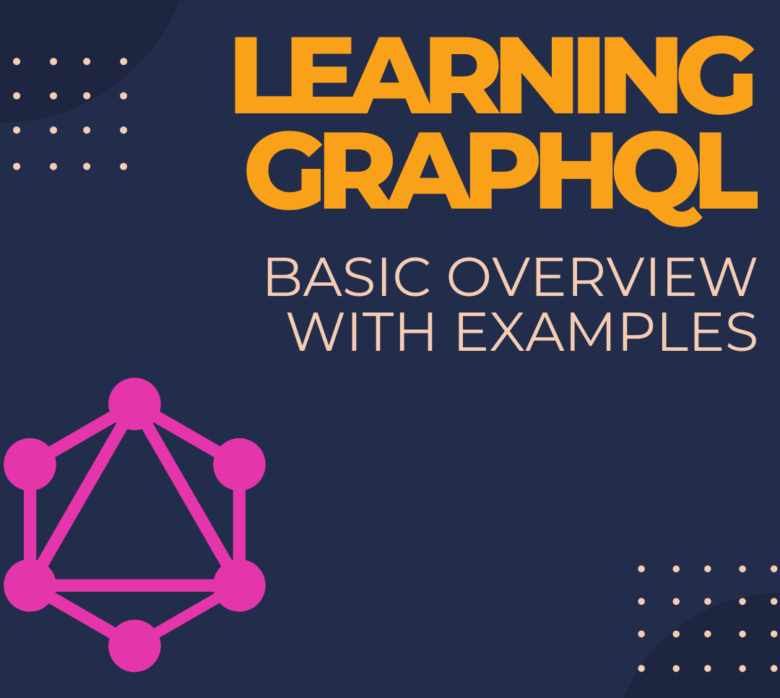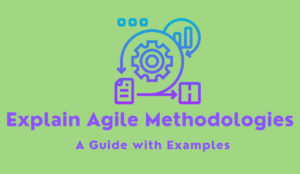In the world of modern web development, GraphQL has emerged as a powerful alternative to traditional REST APIs. GraphQL is a query language and runtime that enables clients to request and receive precisely the data they need from a server. In this article, we will explore the fundamental concepts of GraphQL and provide examples that can help you to learn GraphQL and help you grasp its benefits and how it differs from REST.
What is GraphQL?
GraphQL was developed by Facebook and released as an open-source technology in 2015. It is a query language for APIs that allows clients to specify the structure of the data they require and receive only that data in response. Unlike REST APIs, which often return fixed data structures, GraphQL allows clients to define their own responses.
Key Concepts in GraphQL
- Schema
A GraphQL schema defines the available types of data and the relationships between them. It serves as a contract between the client and the server, specifying what data can be queried and how it can be modified.
- Query
A query is a request for specific data from the server. It resembles the structure of the data that the client expects to receive. Queries are written using the GraphQL query language and are sent to the server for processing.
- Mutation
Mutations are used to modify data on the server. They allow clients to create, update, or delete data using a syntax similar to queries. Mutations are executed sequentially and can have side effects.
- Resolver
Resolvers are functions responsible for fetching the requested data. They resolve the fields in a GraphQL query or mutation and return the corresponding data. Resolvers are defined for each field in the GraphQL schema.
Example Scenario (GraphQL examples)
To illustrate how GraphQL works, let’s consider a simple scenario of managing a list of books and their authors.
- Defining the Schema
type Book {
id: ID!
title: String!
author: Author!
}
type Author {
id: ID!
name: String!
books: [Book!]!
}
type Query {
books: [Book!]!
authors: [Author!]!
}
- Querying Data
To retrieve a list of books and their authors, the client sends the following GraphQL query
query {
books {
title
author {
name
}
}
}
- Resolving the Query
The server’s resolver functions fetch the data based on the query. The resolver for the books field fetches all the books, and for each book, the resolver for the author field fetches the corresponding author.
- Mutation Example
To add a new book to the system, the client can send the following mutation.
mutation {
addBook(title: "The Great Gatsby", authorId: "1") {
id
title
}
}
The server’s mutation resolver receives the input parameters (title and authorId), creates a new book, and returns its details.
Benefits of GraphQL
- Efficient Data Fetching
GraphQL allows clients to request precisely the data they need, avoiding over-fetching or under-fetching of data. This efficiency is particularly beneficial for mobile devices and low-bandwidth networks.
- Rapid Development
With GraphQL, front-end developers can iterate quickly and independently from back-end changes. They can specify their data requirements and get the desired results without relying on backend changes or versioning.
- Strong Typing
GraphQL schemas provide strong typing, enabling better tooling, autocompletion, and validation. This helps catch errors early in the development process.
- Multiple Data Sources
GraphQL can aggregate data from multiple sources and merge them into a single response. This feature is useful in microservices architectures where data may be spread across different services.
Conclusion
GraphQL offers a flexible and efficient way to fetch and manipulate data over the web. By allowing clients to define their data requirements, GraphQL simplifies the development process and improves the performance of applications. As you delve deeper into GraphQL, you will discover more advanced features and tools that can enhance your experience with GraphQL for web development.
You can find more tools and libraries on graphQL here https://graphql.org/code/




